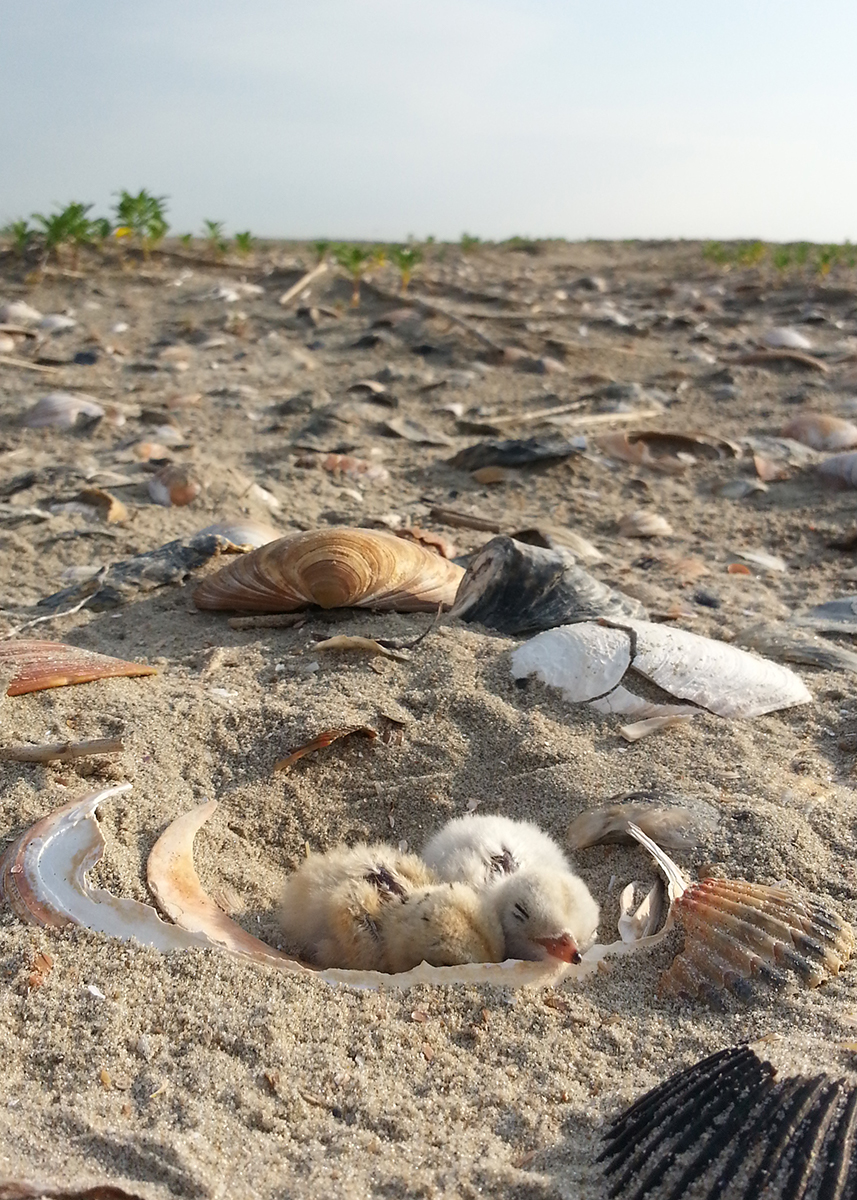Photo by The Nature Conservancy
Mockhorn Island Wildlife Management Area
Owned and managed by: Virginia Department of Wildlife Resources.
Mockhorn Island Wildlife Management Area is open year-round to the public for bird watching, photography, primitive camping, rail and waterfowl hunting and trapping. Please help protect sensitive habitats and wildlife by observing all visitation policies and most up-to-date hunting and trapping seasons and regulations.
Visiting Mockhorn Island
The Seaside is a dynamic landscape with constantly shifting tides, sands and weather. Safety is a top concern when visiting this remote area with limited accessibility and services. Stay alert, come prepared and be aware of island use policies.
Open for recreational DAY use:
![]()
![]()
![]()
![]()
![]()
![]()
Prohibited at ALL times:
Attention:
For hunting, camping and other use policies, please contact DWR:
- Call the Eastern Shore Wildlife Management Area Manager at (804) 314-1425
- Visit our website
Suggested access points
Mockhorn Island is comprised of over 7,000 acres of tidal marshlands with very little high ground. It is most easily and safely accessed on the west side of the south end where there are several, intermittent sandy and reinforced shorelines that provide access to upland hummocks that are well worth exploring.
About Mockhorn Island
Mockhorn Island is comprised of over 7,000 acres of tidal marshlands. The major vegetation is saltmarsh cordgrass, but on the few high hummocks that are mostly scattered on the western side of the island is a mix of loblolly pine, red cedar, wax myrtle, green brier, honeysuckle and poison ivy. The management goal for this marsh island is to maintain it in its current natural state. Before visiting, please familiarize yourself with site use policies and hunting and trapping seasons.
Mockhorn Island has a very colorful history dating back several centuries. During colonial times, it supported a salt production business. Pirates (including Blackbeard) and Confederate soldiers used it as a place to hide from authorities. The island had never seen major development since much of the terrain is comprised of vast flats of cordgrass and thin upland hummocks. In the late 1920s, a pioneering couple built a self-sustaining homestead on the south end of the island that included a hunting lodge replete with all the trimmings of the well-to-do. Their solution to Mockhorn’s low elevation was miles of seawalls made of concrete. They buffered their home and cordoned off pastures with four-foot-high concrete barriers. Their many outbuildings, walkways and feeding troughs were made of concrete too. Remnants of the homestead still exist and are well worth exploring.
Discover a Coastal Wilderness
The Atlantic coastline of Virginia’s Eastern Shore is a unique coastal wilderness that spans 70 miles from the Virginia/Maryland border to the mouth of the Chesapeake Bay. The region is characterized by vast, mostly undeveloped marshes, barrier island beaches and coastal lagoons that support globally important populations of migratory birds, are the site of intensive large scale oyster reef and eelgrass restoration projects, and provide extensive recreation opportunities in remote settings. Learn more about the natural history of this amazing coastal landscape.
OWNERSHIP AND LAND MANAGEMENT
Virginia Department of Wildlife Resources
The Virginia Department of Wildlife Resources (DWR) is responsible for the management of inland fisheries, wildlife, and recreational boating for the Commonwealth of Virginia. Its mission is to lead in wildlife conservation and inspire people to value the outdoors and their role in nature. The VMRC and DWR works in partnership with The Nature Conservancy Virginia Coast Reserve and other state and federal partners to manage Virginia’s barrier islands and seaside marshes.
Explore Our Seaside Partners
The seaside of Virginia’s Eastern Shore is almost entirely owned and managed by non-profit, state and federal agencies. These partners share the common goal of protecting natural resources, while balancing sustainable recreational and economic use of the seaside. Learn more about our partnership.
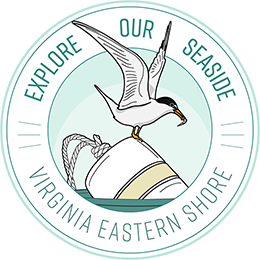

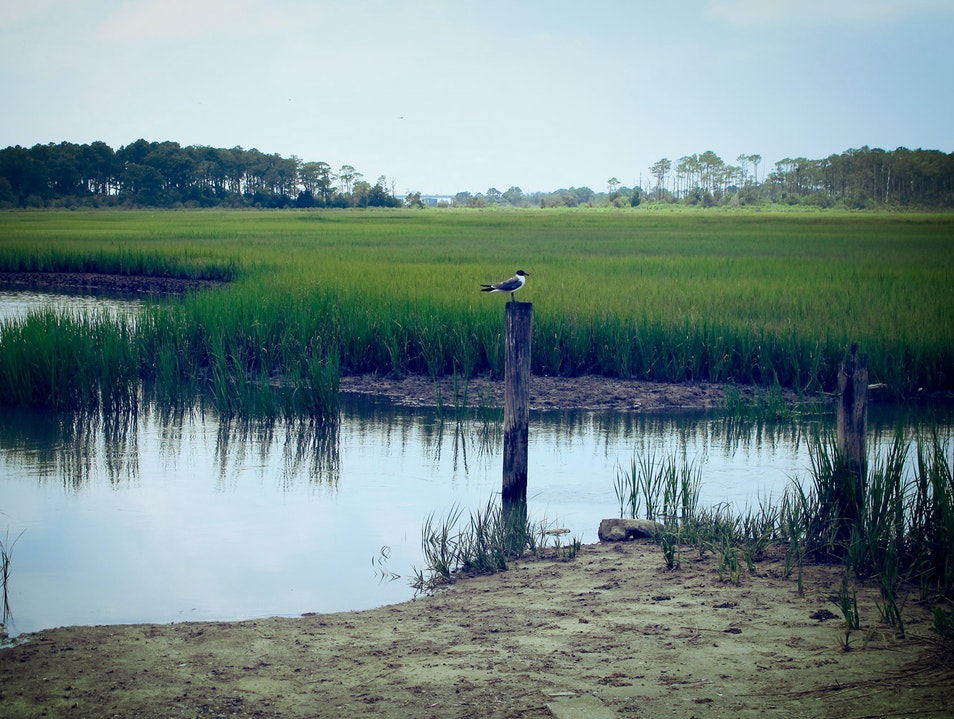
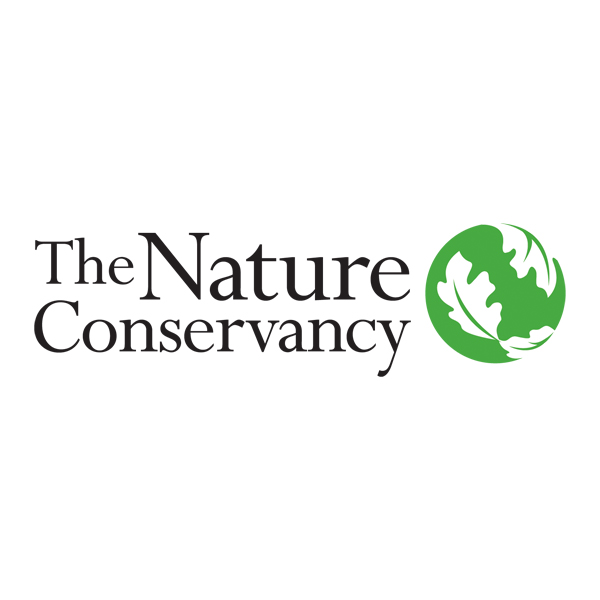

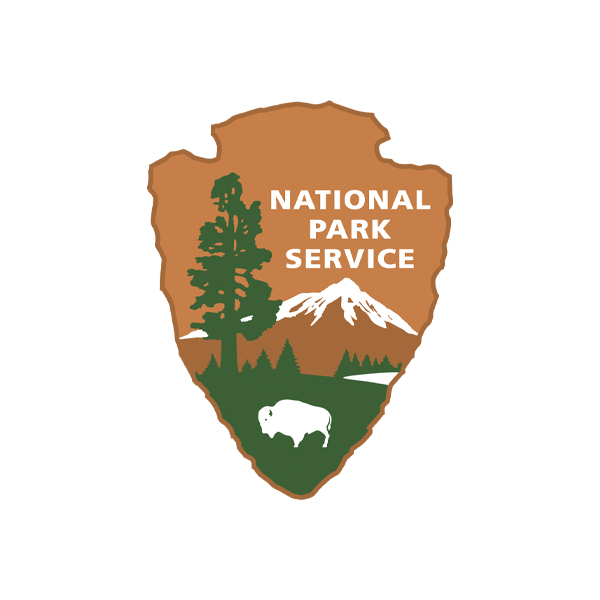

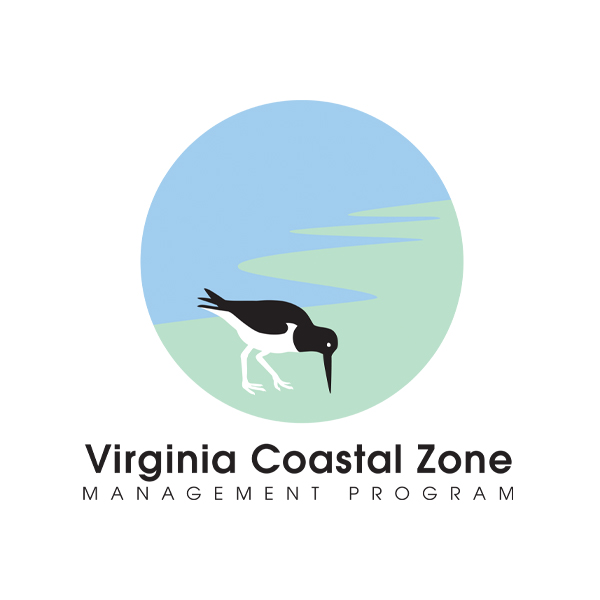
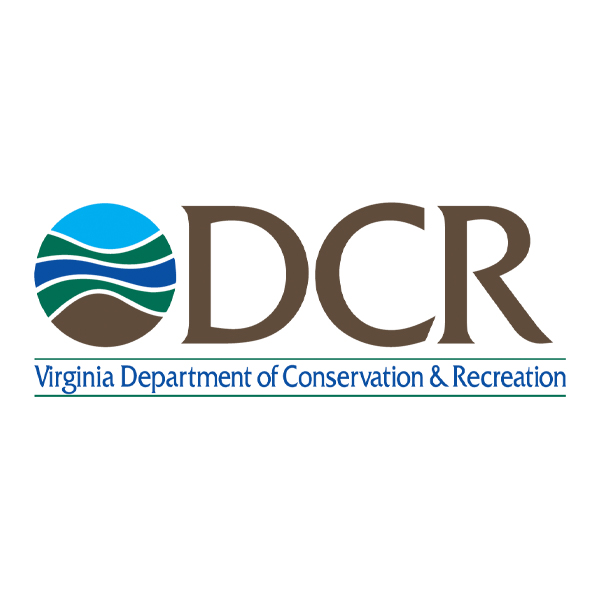
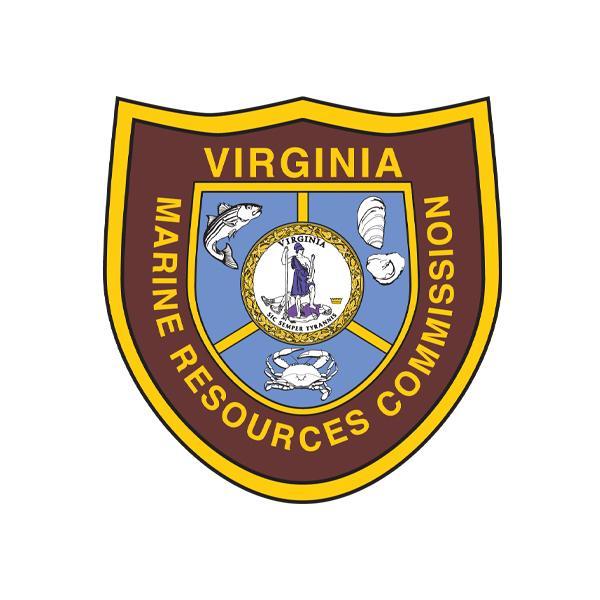
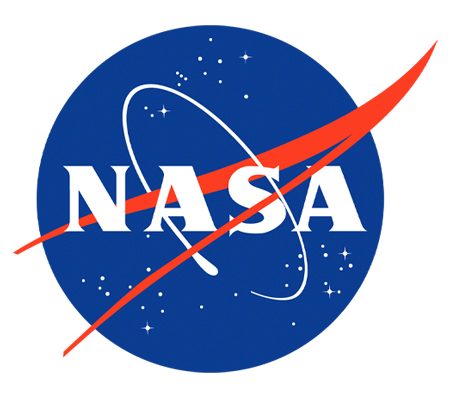
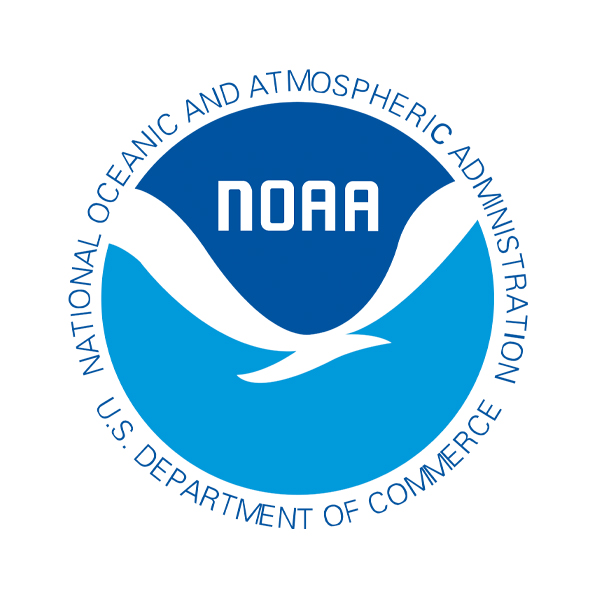

 This project was funded by The Nature Conservancy with support from The Volgenau Foundation and by the Virginia Coastal Zone Management Program led by the Virginia Department of Environmental Quality through Grant #NA17NOS4190152 of the U.S. Department of Commerce, National Oceanic and Atmospheric Administration, under the Coastal Zone Management Act of 1972, as amended. All Explore Our Seaside partners also contributed significant time and effort to the project.
This project was funded by The Nature Conservancy with support from The Volgenau Foundation and by the Virginia Coastal Zone Management Program led by the Virginia Department of Environmental Quality through Grant #NA17NOS4190152 of the U.S. Department of Commerce, National Oceanic and Atmospheric Administration, under the Coastal Zone Management Act of 1972, as amended. All Explore Our Seaside partners also contributed significant time and effort to the project.